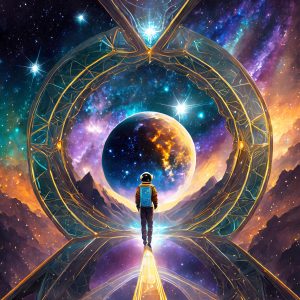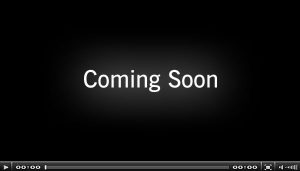12 Text to Image
What are Text to Image Prompts and How do we use them?
Text-to-Image Prompts are natural language descriptions used as input for AI art generators. These generators create images based on a dataset of text-image pairs.
Previous chapters have focused on text-based output. In this section, we will explore visual creations and how they might work together with text. Similar to text-based Copilot, Adobe Firefly and other AI art generators rely on visual cues in images to connect to the user’s prompt.
There is potential here to create simple images, but there is a noteworthy limitation: GenAI is still working to understand human emotion and struggles to convey facial expressions. It also struggles to understand human anatomy. We recommend moving forward with caution when using GenAI for visuals that contain human figures. Note how the generated images below struggle to understand the mouth and eyebrows and their role in expressing emotion.


How to Write an Effective Text to Image Prompt:
(Assisted with Microsoft Copilot)
- Tips for Crafting Effective Prompts:
- Include a Noun: A good prompt must contain a noun—the subject of the artwork.
- Word Count: Aim for at least 3 to 7 words; longer prompts provide clearer context.
- Multiple Adjectives: Use multiple adjectives (e.g., beautiful, realistic, colorful) to add feeling into the art.
- Artist References: You can mention artists’ names (e.g., Picasso, Van Gogh) to mimic their styles.
- Specify a Style: If you want a particular art style (e.g., surrealism, minimalism), include it.
- Computer Graphics: Mention tools or techniques (e.g., Octane render, Unreal Engine) for more effective art.
- Quality Level: Specify the desired quality (e.g., low, medium, high, 4k, 8k).
Please note: Adobe Firefly and other text to image generators will provide some of the above options to select from when creating your prompt.

Sample Text-to-Image Prompts:
Here are some prompts and their potential outputs:
- Candles glow in the window of an 1800s European town at twilight, photo. (Adobe Firefly, Text to Image)

- Celestial space, nebulas, flyable humanoid, galaxies reflected through the visor, moving away from portal, art. (Adobe Firefly, Text to Image)

- Beautiful engagement ring in art deco style, gems, gold, Cartier, detail, 4k photo. (Adobe Firefly, Text to Image)

Remember, crafting detailed and imaginative prompts enhances the quality of AI-generated art. Feel free to experiment and explore various themes!
Recorded Presentation Video:

How can GenAI text to image directly assist the eDS team?
- Creation of images for B-roll
- Creation of concept art
- Background creation
Popular Text to Image Generators:
- Adobe Firefly: An approved IU Generator. Adobe Firefly is a GenAI tool that lets you create images, text effects, and color palettes from simple text prompts. It is designed to be safe for commercial use.
- DALL·E: An AI system that creates realistic images and art based on natural language descriptions provided as prompts. Please note, DALL-E has not been made available for widespread commercial use. Account registration and pricing plans may apply.
- Midjourney: A text to image generator that allow users to generate images from simple text prompts. It may have limitations in handling complex concepts and specific combinations. Account registration and pricing plans may apply.
